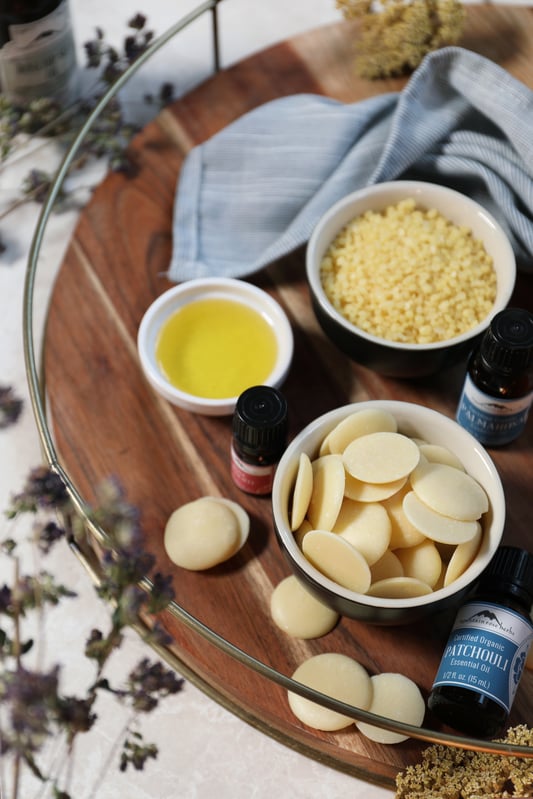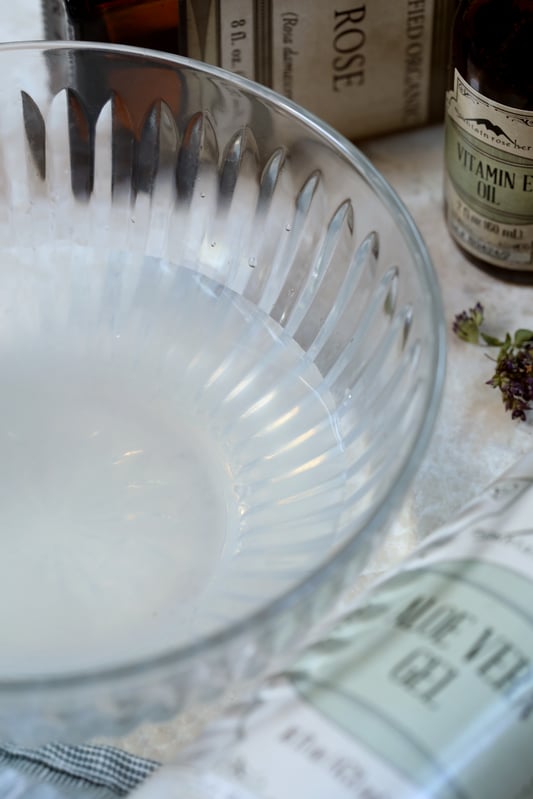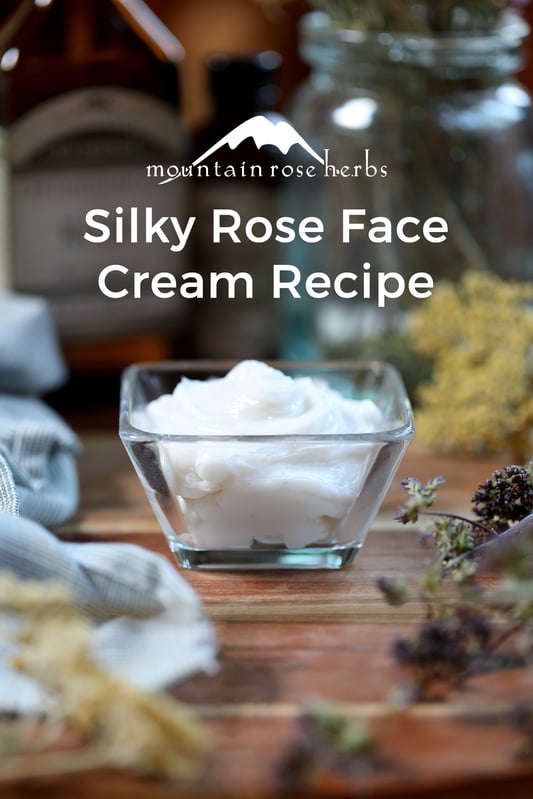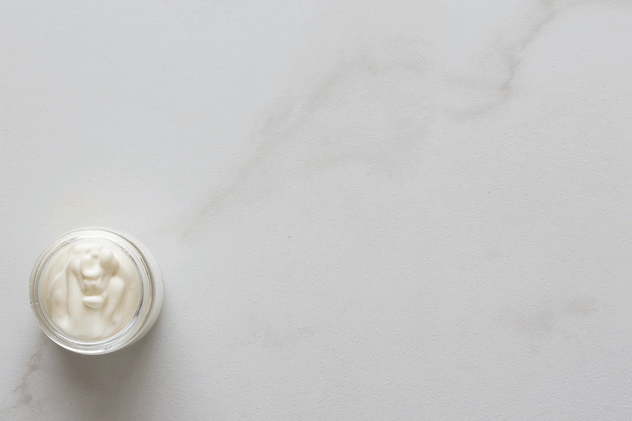 When choosing or crafting a natural moisturizer for your face, it helps to understand the benefits and drawbacks of the different oils included in the recipe. Facial skin tends to be more delicate and sensitive than the rest of the body, and it can be a little tricky to adequately nourish your complexion without either smothering your pores or causing irritation. This is why organic rosehip seed oil is one of the most universally loved choices for gentle moisturizers.
When choosing or crafting a natural moisturizer for your face, it helps to understand the benefits and drawbacks of the different oils included in the recipe. Facial skin tends to be more delicate and sensitive than the rest of the body, and it can be a little tricky to adequately nourish your complexion without either smothering your pores or causing irritation. This is why organic rosehip seed oil is one of the most universally loved choices for gentle moisturizers.
Packed with skin-loving essential fatty acids and vitamins, rosehip seed offers a “dry” (non-greasy) oil that is easily and quickly absorbed without leaving a residue. This noncomedogenic oil has been cherished for thousands of years for its light texture and ability to provide a range of moisturizing benefits, particularly for mature and dry skin. It should be noted that rosehip seed oil should not be used as a single ingredient base—it needs to be blended with another carrier oil. However, it can account for up to 20% of your base blend.
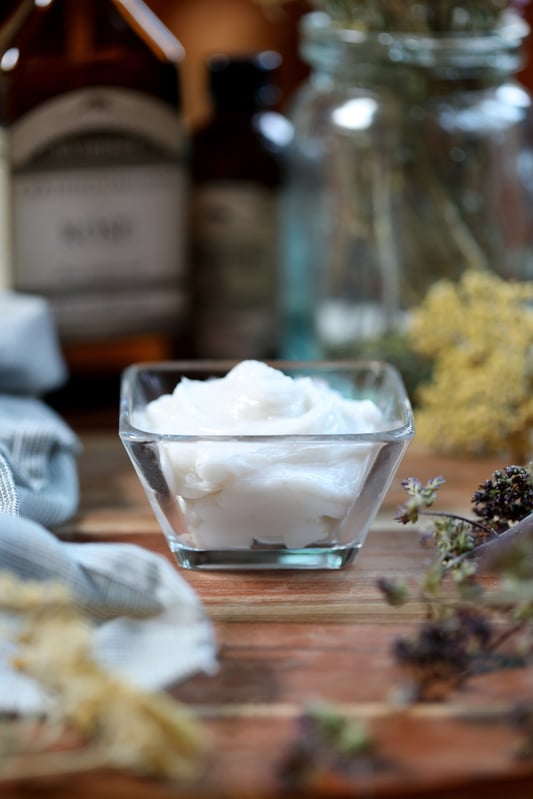 Happily, it’s easy to make your own fantastic face and body lotion that takes full advantage of rosehips’ moisture-rich qualities. In the recipe below, we’ve combined rosehip seed oil with camellia seed oil to add even more silky texture, and coconut oil to assist in retaining moisture. We’ve also added a bit of jojoba oil for its wonderful similarities to skin's natural sebum, and cocoa butter for its inherent creaminess as well as that beloved, deep cocoa aroma. Vitamin E oil provides a little extra love, and aloe vera gel is another indispensable ally for emollient and moisturizing skin care.
Happily, it’s easy to make your own fantastic face and body lotion that takes full advantage of rosehips’ moisture-rich qualities. In the recipe below, we’ve combined rosehip seed oil with camellia seed oil to add even more silky texture, and coconut oil to assist in retaining moisture. We’ve also added a bit of jojoba oil for its wonderful similarities to skin's natural sebum, and cocoa butter for its inherent creaminess as well as that beloved, deep cocoa aroma. Vitamin E oil provides a little extra love, and aloe vera gel is another indispensable ally for emollient and moisturizing skin care.
Because this particular serum is all about the skin-rejuvenating properties of the rose, we’ve utilized rose hydrosol and some carefully chosen pure essential oils to give this lotion the spirit-lifting benefits of aromatherapy. The Peru balsam serves as a great base note and fixative for the rose scents. You can, however, leave it out or make a substitution—lavender essential oil would also work nicely. As with all Mountain Rose Herbs recipes, you should feel free to use this as a guide and experiment with substitutions to create your ideal face and body lotion.
Rosehip Oil Facial Moisturizer Recipe
Makes about 12 ounces.
Ingredients
- 1/2 cup organic camellia seed oil
- 1/2 cup organic refined or unrefined coconut oil
- 6 organic roasted cocoa butter wafers or 1/2 oz. organic roasted cocoa butter
- 1 Tbsp. organic rosehip seed oil
- 1 Tbsp. Non-GMO Project Verified vitamin E oil
- 2 tsp. organic jojoba oil
- 3 Tbsp. beeswax pastilles or 1 oz. chopped beeswax
- 1/4 cup aloe vera gel
- 1/4 cup organic rose hydrosol
- 2 drops organic palmarosa essential oil
- 1 drop organic patchouli essential oil
- 10 drops Peru balsam essential oil
- 1 drop rose absolute
Directions
- Set a glass bowl, large glass measuring cup (at least 4-cup size), or double boiler insert over a pan of water to create a double boiler.
- Combine camellia seed oil, coconut oil, cocoa butter wafers, rosehip seed oil, vitamin E oil, jojoba oil, and beeswax in vessel. Heat over simmering water, mixing regularly, until melted and blended together.
- Remove from heat and allow to cool for about half an hour.
- Meanwhile, in a separate bowl, combine aloe vera gel and rose hydrosol.
- Once the oils have cooled a bit, it’s time to blend! If you are using a traditional blender, pour the melted oils and beeswax into the blender pitcher and turn on medium. Gradually add the aloe vera/rose hydrosol mix in a slow, steady stream. If you are using a hand mixer or hand immersion blender, blend the oils and beeswax in the glass vessel, holding the mixer/blender with one hand and pouring in the aloe vera/rose hydrosol mix with your other hand.
- Mix until thick and creamy. Depending on the temperature of your ingredients, this may take just a few minutes or as long as 10 minutes. Don't get discouraged. The texture will be like a medium-thick pudding when it’s ready.
- Add the essential oils and rose absolute. Blend until thoroughly combined.
- Pour the finished lotion into airtight amber jars or upcycled containers and allow to cool completely before putting on lids.
- Remember to label your containers!
- Use within a month or store in the refrigerator to extend shelf life to about 6 months (this will help preserve the rosehip seed oil and hydrosol ingredients).
Pro Tips
- If you would like to make a thinner lotion, decrease beeswax to 1 tablespoon.
- If you’re in a hurry, you can speed up the cooling process by setting the bowl of hot oils and beeswax in the fridge or freezer for several minutes.
Looking for more Skin Care Recipes?
You might also enjoy:
- Argan Oil Cuticle Serum
- 6 Ways to Use Jojoba Oil for Skin & Hair
- Baobab Oil Basics & DIY Under Eye Cream

